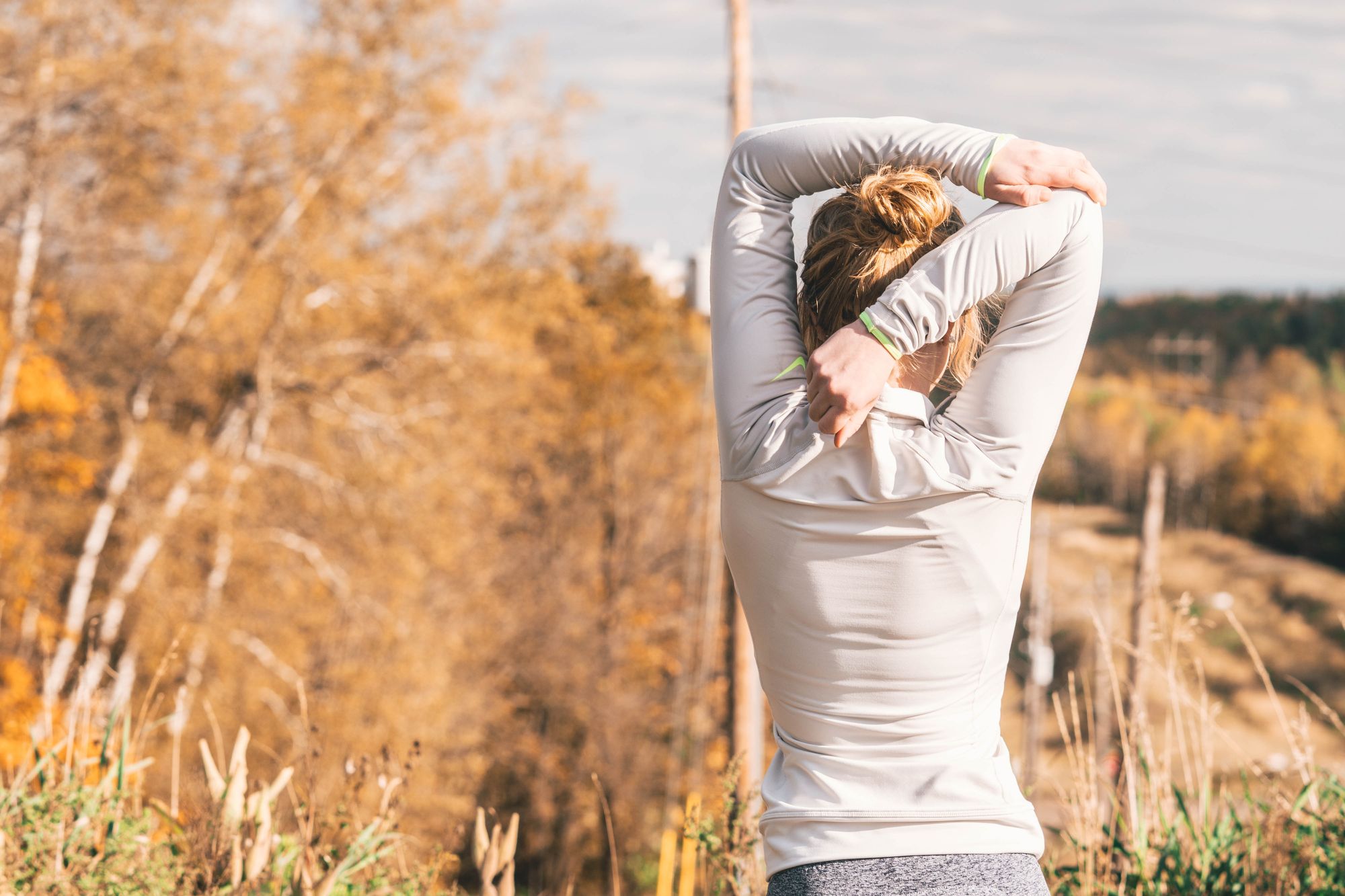The benefits of physical exercise is well known. However, very few of us are aware of the fact that exercise and being active is an absolute necessity and impacts our genes.
Over the course of time, our genetic makeup has evolved in such a manner that hard work and physical exertion ensured the optimal functioning of the body. Gathering food and hunting were in effect obligatory physical activities in the late Palaeolithic era (50 000–10 000 BC), and an individual's survival depended upon it.
Most of the current human genome evolved in this physically active hunter-gatherer environment and remains unchanged to this day.
Fast forward to the 21st century
Today a majority of us live a much more sedentary lifestyle. This maladaptation is thought to lead to errors in gene expression which manifests itself in the form of various diseases. Our genes are still accustomed to the active lifestyle of our ancestors, and work better in a stone-age type environment rather than the space-age type lifestyle which we were catapulted into by the industrial revolution. Even human energy expenditure has sharply declined from a value of 206 kJ/kg/day that was present for much of the past 3.5 million years to 134 kJ/kg/day for contemporary humans.
Exercise deficiency and dysfunction in gene expression
Various studies have highlighted the role of lack of physical activity in the prognosis and risk of various diseases, including stroke, diabetes and cancer. The comparison of two groups - one with less than 2.5 hours of moderate physical activity, such as brisk walking and the other with more than 2.5 hours of physical activity showed that the first group had higher prevalence of type two diabetes, breast cancer, stroke and mortality, especially in women.
As every individual is unique, each of us require specific sets of exercises and training in order to get our body in shape and reap the fruits of exercise. These variations among individuals in response to the exercise and training is dependent on their genetic makeup.
Matching your genes with the right exercises
VO2max - Maximal Oxygen Uptake
Certain genes have been identified that may influence the response of exercise in the body and determine the benefits of physical activity. One of the most well-known factors that is related to exercise and physical endurance capacity is cardiorespiratory fitness (VO2max).
VO2max is considered as an important indicator of physical fitness and many training exercises are specifically meant to improve it. VO2max is also an excellent predictor of chronic disease morbidity and mortality risk. Around 97 genes have been identified that can predict the VO2max trainability. These genes directly influence your response to exercise and may determine the favorable and non-favorable exercises according your genetic variants.
Some of the most significant genes related to exercise and its response on the human body include genes related to muscular adaptation and skeletal differentiation, genes linked with electrolytic balance that may alter the blood pressure and fluid balance in the body, genes involved in lipid metabolism that may regulate the production of energy and metabolism of lipids and fats in the body, and genes associated with delivery of oxygen and regulation of oxidative stress. All these genes directly or indirectly affect the value of VO2max.
Adjusting to these genes with lifestyle and fitness regimen changes can help you chart a better path towards your goal of losing weight and attaining optimal physical and mental fitness.
High Intensity or low intensity workouts?
The presence of certain set of genes also determine whether an individual should perform high intensity aerobics, moderate workouts or low intensity cardio, for weight loss.
For instance, β2-adrenergic receptor (ADRB2) and its various variants have been identified as a determinant of obesity. Individuals with a high number of obesity-related risk alleles (ADRB3) were less successful in achieving weight loss through a 12- week aerobic training program, as compared to individuals that have ADRB2. The reason behind these findings is the decreased ability of β3-ADRs to mobilize lipids, ultimately leading to their retention. Some people get lucky and have a unique genetic advantage - they can lose weight with any kind of physical activity!

Exercise has its many benefits, but you can take it up a notch and better select what works for you, by understanding your genetic makeup. So, the important question is not whether you are getting in brisk walks, intense exercises, cardio, zumba or yoga over the course of a week, but whether you are doing the right activities that suits your unique genetic makeup, goals and metabolic abilities.




